Home>Articles>How Much Insulation Do I Need In My Attic In Texas
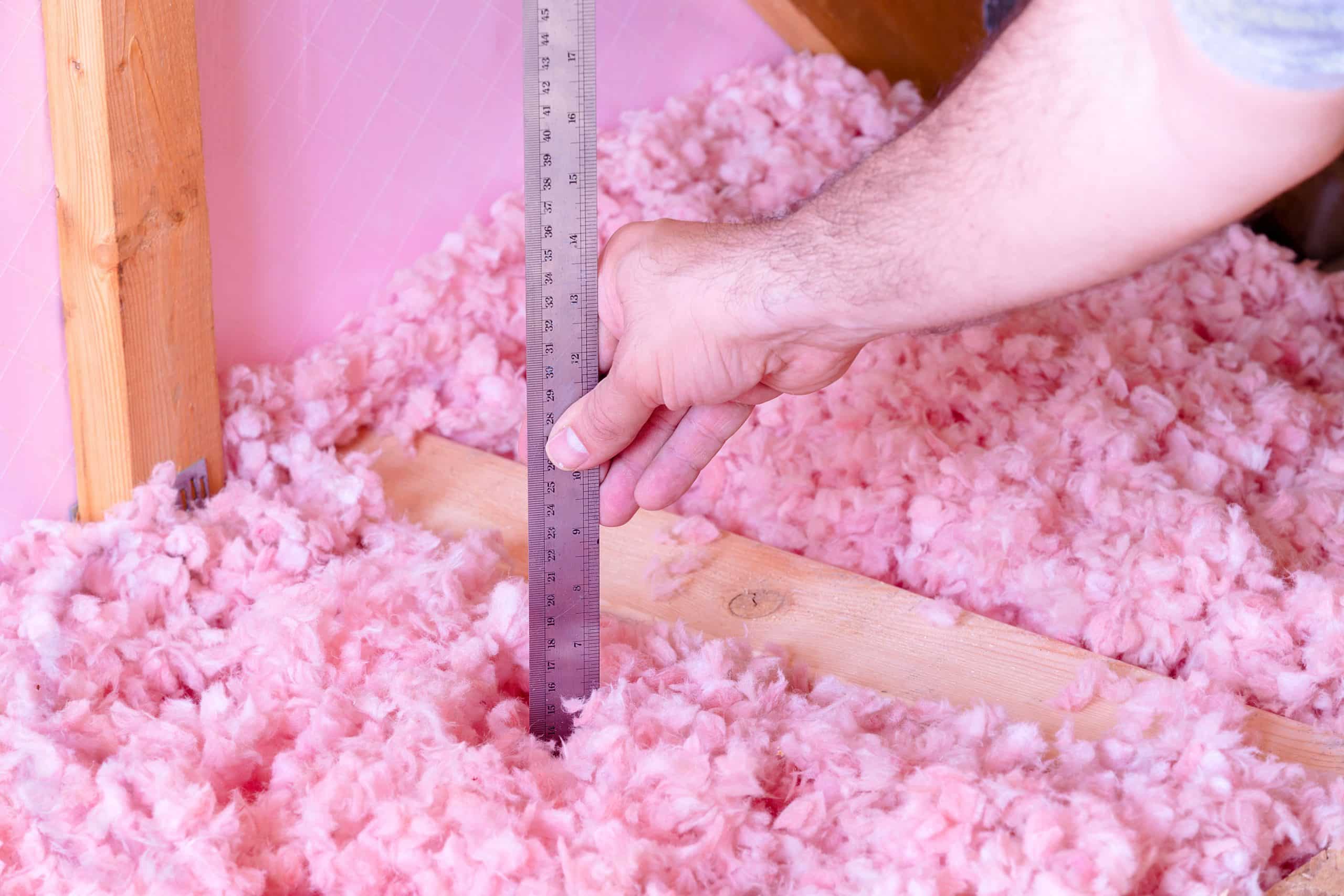

Articles
How Much Insulation Do I Need In My Attic In Texas
Modified: October 31, 2024
Learn about the recommended amount of insulation needed for attics in Texas with our informative articles. Take steps to ensure energy efficiency and save on utility bills.
(Many of the links in this article redirect to a specific reviewed product. Your purchase of these products through affiliate links helps to generate commission for Storables.com, at no extra cost. Learn more)
Introduction:
When it comes to maintaining a comfortable living environment and optimizing energy efficiency, having proper insulation in your attic is essential. In the scorching hot summers and chilly winters of Texas, insulation plays a key role in keeping your home cool during the sweltering heat and warm during the frigid temperatures.
Not only does insulation help regulate the temperature in your home, but it also helps to reduce energy consumption and lower utility bills. Properly insulated attics can prevent hot air from seeping into your living space in the summer and prevent warm air from escaping in the winter. This means that your HVAC system won’t have to work as hard, resulting in significant cost savings.
Understanding the importance of attic insulation and knowing how much insulation you need for your Texas home can help you make informed decisions. In this article, we will explore the factors to consider, recommended insulation values based on climate zones in Texas, and the types of insulation materials suitable for Texas attics, allowing you to make the right choices for your home.
Key Takeaways:
- Proper attic insulation in Texas is crucial for energy efficiency, comfort, and cost savings. Understanding climate zones, recommended R-values, and maintenance practices can help homeowners make informed decisions for a well-insulated home.
- Whether hiring a professional or opting for a DIY approach, maintaining attic insulation is essential for long-term efficiency. Regular inspections, addressing air leaks, and controlling moisture and pests are vital for preserving insulation performance and extending its lifespan.
Understanding the Importance of Attic Insulation in Texas:
Attic insulation is crucial for maintaining a comfortable indoor temperature and reducing energy costs in Texas. With its extreme climate characterized by scorching hot summers and occasional freezing temperatures in some regions, having proper insulation in your attic becomes essential.
In the summer months, when temperatures can soar above 100 degrees Fahrenheit, the sun’s heat can penetrate your home through the roof, causing your air conditioning system to work overtime to maintain cooler indoor temperatures. Insufficient or poorly installed insulation can let this heat transfer into your living space, making it difficult to keep your home comfortable without skyrocketing energy bills.
Similarly, during the winter months, Texas experiences cold spells and freezing temperatures in some areas. Without proper insulation, warm air can escape through your attic, causing your heating system to work harder to compensate for the heat loss. This can result in unnecessary energy consumption and increased heating costs.
In addition to temperature regulation, attic insulation also helps to reduce noise transmission from outside. Texas being a state with diverse landscapes, attics can act as a barrier to block out outside noises, ensuring a quieter and more peaceful living environment.
Furthermore, having a well-insulated attic can contribute to the overall longevity of your roof. Insulation helps to create a barrier between your home and the roof, preventing excessive heat buildup in the attic. This can minimize the risk of roof damage, including warping, cracking, and premature aging.
Overall, having proper attic insulation in Texas offers numerous benefits, including:
- Improved energy efficiency
- Reduced utility bills
- Enhanced comfort levels
- Noise reduction
- Prolonged roof lifespan
Now that we understand the importance of attic insulation in Texas, let’s delve into the factors to consider when determining the insulation needs for your specific home in the Lone Star State.
Factors to Consider When Determining Insulation Needs:
When determining the insulation needs for your attic in Texas, several factors should be taken into consideration. These factors will help you determine the appropriate insulation type, thickness, and R-value required to optimize energy efficiency and comfort in your home.
1. Climate: Considering the climate in your region is crucial when determining the insulation needs. Texas can be divided into different climate zones, each with unique temperature ranges and weather patterns. Understanding the climate zone you reside in will help you select the appropriate insulation materials and insulation levels.
2. Attic Space: The size and configuration of your attic play a significant role in determining insulation needs. Measure the square footage and ceiling height of your attic to calculate the total area that needs to be insulated. Additionally, consider any obstructions such as HVAC ductwork, wiring, or ventilation systems that may impact the installation process.
3. Current Insulation: Evaluate the existing insulation in your attic, if any. Determine its condition, thickness, and insulation type. This will give you a better idea of whether you need to add more insulation, replace the existing one, or simply upgrade to a more efficient insulation material.
4. Desired Energy Efficiency: Determine your energy efficiency goals. Consider how much you want to reduce your energy consumption and utility bills. Higher levels of insulation will provide greater energy savings, but it’s essential to strike a balance between insulation thickness and cost-effectiveness.
5. Moisture and Ventilation: Assess the moisture and ventilation conditions in your attic. Proper ventilation is essential to prevent moisture buildup, which can cause mold and damage to your attic structure. Ensure that your attic has adequate ventilation before installing insulation.
6. Budget: Finally, consider your budget when determining insulation needs. Different insulation materials have varying costs, so it’s important to choose an option that fits within your budget without compromising on quality and effectiveness.
By considering these factors, you can assess your specific insulation needs and make informed decisions regarding insulation materials and thickness. In the next section, we will discuss the recommended insulation R-values based on the climate zones in Texas.
Climate Zones in Texas and Recommended R-Values:
Texas, being a large state with diverse climates, can be divided into several climate zones. The Department of Energy (DOE) has established these zones to provide guidance on the recommended insulation levels based on the regional weather conditions. Understanding the climate zone you reside in will help determine the appropriate insulation R-value for your attic.
Let’s take a look at the four climate zones in Texas:
- Zone 1 – East Texas, Gulf Coast: This zone includes cities such as Houston, Galveston, and Beaumont. It has a hot and humid climate, characterized by long, hot summers and mild winters. The recommended attic insulation R-value for Zone 1 is R30 to R60.
- Zone 2 – South Texas: This zone covers cities like Corpus Christi, McAllen, and Brownsville. It has a similar climate to Zone 1 but experiences even hotter temperatures. The recommended attic insulation R-value for Zone 2 is R30 to R60.
- Zone 3 – Central and North Texas: This zone includes cities such as Austin, Dallas, and Fort Worth. It has a mixed climate with hot summers and cold winters. The recommended attic insulation R-value for Zone 3 is R38 to R60.
- Zone 4 – West Texas, Panhandle: This zone covers cities like El Paso, Lubbock, and Amarillo. It has a predominantly hot and arid climate with extreme temperature variations. The recommended attic insulation R-value for Zone 4 is R38 to R60.
It is important to note that these recommended R-values represent the minimum insulation levels for optimal energy efficiency and comfort in each climate zone. Depending on your specific needs and desired energy savings, you may choose to exceed these values.
When selecting insulation materials, consider their R-values per inch of thickness. Materials like fiberglass batts, cellulose, and spray foam insulation offer varying R-values, allowing you to achieve the desired insulation levels while fitting within your attic space limitations.
Now that we have determined the recommended R-values for each climate zone, let’s move on to calculating the required insulation thickness for your attic.
Calculating the Required Insulation Thickness for Your Attic:
To ensure that your attic is properly insulated and meets the recommended R-values for your climate zone, you need to calculate the required insulation thickness. This calculation will help you determine how much insulation material you need to install in your attic.
The calculation involves determining the R-value of the insulation material and dividing it by the R-value per inch. Here are the steps to calculate the required insulation thickness:
- Identify the Insulation Material: Determine the type of insulation material you plan to use in your attic, such as fiberglass batts, cellulose, or spray foam. Each material has a specific R-value per inch, which can be obtained from the manufacturer’s guidelines.
- Find the Recommended R-Value: Refer to the recommended R-values for your climate zone, as discussed earlier. This recommendation will help you determine the minimum R-value required for your attic insulation.
- Calculating the Required Thickness: Divide the recommended R-value by the R-value per inch of your chosen insulation material. For example, if the recommended R-value is R38 and the insulation material has an R-value of 3 per inch, divide 38 by 3 to get the required thickness in inches.
- Convert Inches to Feet: After obtaining the required insulation thickness in inches, convert it to feet by dividing the result by 12. This will give you the thickness measurement needed for your insulation installation.
It is important to note that these calculations provide a general guideline for determining the required insulation thickness. However, certain factors such as thermal bridging, air leaks, and variations in the attic structure may require adjustments to achieve optimal insulation performance.
Remember that installing insulation with the proper thickness is crucial for maximizing energy efficiency and comfort in your home. If you are unsure about calculating the required thickness or prefer professional guidance, consider consulting with an insulation contractor who can assess your specific needs and provide accurate recommendations.
With the required insulation thickness determined, the next step is to explore the different types of insulation materials suitable for Texas attics.
In Texas, it is recommended to have at least 12-14 inches of insulation in the attic to effectively keep the home cool in the summer and warm in the winter.
Types of Insulation Materials Suitable for Texas Attics:
When it comes to choosing the right insulation material for your Texas attic, there are several options available. Each type of insulation has its own benefits, installation requirements, and cost considerations. Here are some of the commonly used insulation materials suitable for Texas attics:
- Fiberglass Batts: Fiberglass batts are one of the most widely used insulation materials. They consist of flexible fiberglass fibers and are available in pre-cut widths and lengths. Fiberglass batts are easy to install, relatively affordable, and offer good thermal resistance. However, proper installation is crucial to avoid gaps and ensure optimal performance.
- Blown-In Cellulose: Blown-in cellulose insulation is made from recycled paper or plant-based materials treated with fire retardants. It is installed by blowing the insulation into the attic using specialized equipment. Cellulose is effective at reducing air infiltration and offers good thermal resistance. It is also resistant to pests and mold, making it a popular choice in Texas attics.
- Spray Foam: Spray foam insulation is a versatile option that expands upon application, creating an airtight seal. It can be applied in both open and closed cell forms. Spray foam insulation provides excellent thermal insulation and helps to minimize air leakage, resulting in improved energy efficiency. However, it requires professional installation and is relatively higher in cost.
- Rigid Foam: Rigid foam insulation panels are made from polystyrene or polyisocyanurate. They provide high thermal resistance and can effectively reduce heat transfer. Rigid foam insulation is lightweight, easy to handle, and can be cut to fit specific attic areas. It is commonly used for insulating cathedral ceilings and flat roof decks.
- Radiant Barrier: Radiant barriers are typically made of reflective materials that reflect radiant heat back towards its source. They are installed close to the roof decking or rafters, primarily to reduce heat gain in the summer. While radiant barriers don’t provide significant thermal resistance on their own, they complement other insulation materials by minimizing radiant heat transfer.
It’s important to choose an insulation material that suits your specific needs, budget, and installation requirements. Factors such as the desired R-value, moisture resistance, fire safety, and environmental impact should also be considered. Consulting with an insulation professional can help you determine the most suitable insulation material for your Texas attic.
In the next section, we will discuss the steps and considerations involved in installing attic insulation, whether you choose to hire a professional or undertake the project as a DIY.
Installing Attic Insulation: Steps and Considerations:
Installing attic insulation is a crucial step in improving energy efficiency and comfort in your Texas home. Whether you decide to hire a professional or take on the project as a DIY, there are important steps and considerations to keep in mind:
1. Assess the Attic: Before installing insulation, thoroughly inspect your attic for any signs of moisture, air leaks, or damage. Address these issues before proceeding with the insulation installation.
2. Safety Precautions: Wear appropriate protective gear, such as gloves, goggles, and a dust mask, to protect yourself from insulation fibers or particles. Also, ensure proper ventilation during the installation process.
3. Prepare the Attic: Clear the attic of any debris, obstructions, or potential hazards. Create a pathway for easy access during the insulation installation.
4. Air Sealing: Before adding insulation, seal any air leaks in the attic. Common areas for air leaks include gaps around electrical wiring, pipes, and vents. Use caulk or foam sealant to seal these areas and prevent drafts.
5. Choose the Right Insulation Material: Select the insulation material that suits your needs, budget, and recommended R-value requirements for your climate zone.
6. Measure and Cut: Measure the attic space accurately and cut the insulation material to fit accordingly. Ensure a snug fit and avoid compressing the insulation, as this can reduce its effectiveness.
7. Install the Insulation: Place the insulation material gently between the attic joists or rafters. Avoid covering soffit vents or other areas that require ventilation.
8. Maintain Proper Airflow: It’s important to balance insulation with proper ventilation to prevent moisture buildup. Ensure that attic vents, ridge vents, and soffit vents are clear and not blocked by insulation.
9. Consider Additional Measures: Depending on your attic’s specific needs, you may want to install additional measures such as radiant barriers, attic baffles, or insulating the attic hatch or access door.
10. Consider Energy Efficiency Upgrades: While insulating your attic, consider other energy-saving measures such as sealing ductwork, upgrading windows, or adding weatherstripping to further enhance energy efficiency in your home.
11. Follow Safety Guidelines: Whether you choose to hire a professional or undertake the insulation installation yourself, make sure to follow all safety guidelines and adhere to building codes and regulations.
By following these steps and considering the necessary precautions, you can ensure a successful attic insulation installation. Now let’s explore the pros and cons of hiring a professional versus doing it as a DIY.
Hiring a Professional or DIY: Making the Right Choice:
When it comes to installing attic insulation, you have the option to either hire a professional or take on the project as a do-it-yourself (DIY) endeavor. Both options have their pros and cons, and it’s important to consider various factors when making the decision:
Hiring a Professional:
- Expertise and Experience: Insulation professionals have the knowledge and expertise to assess your attic’s specific insulation needs and recommend the most suitable materials and installation techniques. They are experienced in handling insulation projects efficiently and effectively.
- Time and Convenience: Hiring professionals saves you time and effort. They take care of the entire insulation process, from assessing the attic to installing the insulation, allowing you to focus on other tasks.
- Quality Installation: Professionals ensure proper installation techniques, avoiding common mistakes that might compromise insulation performance. They have the necessary tools and equipment to handle the job correctly.
- Guarantees and Warranties: Many professional insulation contractors offer guarantees or warranties on their workmanship and the insulation materials used. This provides peace of mind in case any issues arise in the future.
DIY (Do-It-Yourself):
- Cost Savings: One of the main advantages of DIY insulation projects is the potential cost savings. By doing the work yourself, you eliminate labor costs associated with hiring professionals.
- Flexibility and Control: Doing it yourself allows you to have full control over the insulation process. You can choose the materials, work at your own pace, and make adjustments based on your personal preferences.
- Learning Experience: Taking on a DIY insulation project provides an opportunity to learn new skills and gain knowledge in home improvement. It can be a satisfying experience, allowing you to take pride in completing the project on your own.
- Small-Scale Projects: DIY insulation projects are well-suited for smaller, more straightforward attic spaces. If your attic is easily accessible and doesn’t require extensive insulation work, you may feel confident in handling the project yourself.
When deciding between hiring a professional or doing it yourself, consider factors such as your skill level, availability, and the complexity of the insulation project. If you have limited experience, a larger attic space, or if you are unsure about the installation process, it may be wise to seek the assistance of a professional insulation contractor.
Remember, the key is to ensure that the insulation is installed properly and meets the recommended standards for your climate zone. A professional can offer expertise, efficiency, and peace of mind. However, if you have the necessary skills, knowledge, and time to dedicate to the project, a DIY approach can be a cost-effective and learning experience.
Once attic insulation is installed, it’s essential to maintain it for long-term efficiency, which we will discuss in the next section.
Maintaining Attic Insulation for Long-Term Efficiency:
To ensure that your attic insulation continues to perform optimally and provide long-term energy efficiency, it’s important to implement proper maintenance practices. Here are some tips to help you maintain attic insulation for the best results:
1. Regular Inspections: Schedule regular inspections of your attic to check for any signs of damage, moisture, or pest infestations. Addressing these issues promptly can prevent further damage to your insulation and the overall attic structure.
2. Prevent Air Leaks: Inspect the attic periodically for any new air leaks, especially around vents, ducts, wiring, and plumbing penetrations. Seal any gaps or cracks to prevent warm or cool air from escaping and compromising energy efficiency.
3. Maintain Proper Ventilation: Proper attic ventilation is essential to prevent moisture buildup and maintain a healthy environment. Ensure that the vents are clear of debris or insulation and functioning effectively. Consult with an HVAC specialist to assess your attic’s ventilation system if needed.
4. Monitor Insulation Depth: Over time, insulation material may settle or compress, reducing its thickness and thermal resistance. Regularly check the insulation depth to ensure it meets the recommended levels for your climate zone. If necessary, add additional insulation to maintain the desired thermal performance.
5. Control Moisture and Humidity: High levels of moisture and humidity can damage insulation and promote mold growth. Take measures to control humidity levels in your home, such as using dehumidifiers, repairing plumbing leaks promptly, and ensuring proper bathroom and kitchen ventilation.
6. Prevent Pest Infestation: Insulation can be susceptible to damage from pests such as rodents or insects. Conduct regular inspections for signs of pest activity, and seal any entry points to prevent infestation. Consult with pest control professionals if necessary.
7. Consider Upgrades: As technology advances, new insulation materials and techniques may offer improved energy efficiency. Periodically assess the market for any advancements and consider upgrading your attic insulation for better thermal performance.
8. Consult with Professionals: If you have any concerns or doubts about maintaining your attic insulation, it’s beneficial to consult with insulation professionals. They can provide guidance, conduct inspections, and suggest appropriate maintenance practices.
By implementing these maintenance practices, you can ensure that your attic insulation remains efficient, reduces energy consumption, and provides long-term comfort in your Texas home. Regular upkeep will help safeguard your insulation investment and maximize its lifespan.
With these maintenance tips in mind, you are now equipped to make informed decisions regarding attic insulation for your Texas home. By choosing the right insulation materials, determining the appropriate thickness, and properly installing and maintaining the insulation, you can create a comfortable, energy-efficient living space while reducing your carbon footprint.
Read more: How Do I Insulate My Shed
Conclusion:
Attic insulation is a vital component of creating an energy-efficient and comfortable home environment, especially in the diverse climate of Texas. Proper insulation helps regulate indoor temperatures, reduce energy consumption, and lower utility bills. By understanding the importance of attic insulation, considering factors specific to your home, and making informed choices, you can optimize the efficiency and effectiveness of your insulation.
Factors such as climate zone, attic space, and desired energy efficiency goals should be taken into account when determining insulation needs. Texas can be divided into four climate zones, each with recommended R-values for optimal insulation performance. Calculating the required insulation thickness and choosing suitable insulation materials are crucial steps in the insulation installation process.
Deciding whether to hire a professional or undertake the project as a DIY endeavor depends on various factors, including your skill level, time availability, and the complexity of the insulation project. Hiring a professional brings expertise, convenience, and guarantees, while opting for a DIY approach offers cost savings and a learning experience.
Maintaining attic insulation is essential for long-term efficiency. Regular inspections, addressing air leaks, monitoring insulation depth, and controlling moisture and pests are vital for preserving insulation performance and extending its lifespan. Consulting with professionals when needed ensures the proper maintenance and care of your insulation.
By following the guidelines outlined in this article, you can ensure that your Texas attic is well-insulated, providing optimal energy efficiency, balanced indoor temperatures, and cost savings. Remember, keeping your attic properly insulated is an investment that can enhance your overall home comfort and contribute to a greener, more sustainable future.
Now that you are equipped with knowledge about attic insulation, its importance, installation process, and maintenance, you can make informed decisions to create a more energy-efficient and comfortable living space in your Texas home. Start exploring your options today, and enjoy the benefits of a well-insulated attic for years to come!
Frequently Asked Questions about How Much Insulation Do I Need In My Attic In Texas
Was this page helpful?
At Storables.com, we guarantee accurate and reliable information. Our content, validated by Expert Board Contributors, is crafted following stringent Editorial Policies. We're committed to providing you with well-researched, expert-backed insights for all your informational needs.
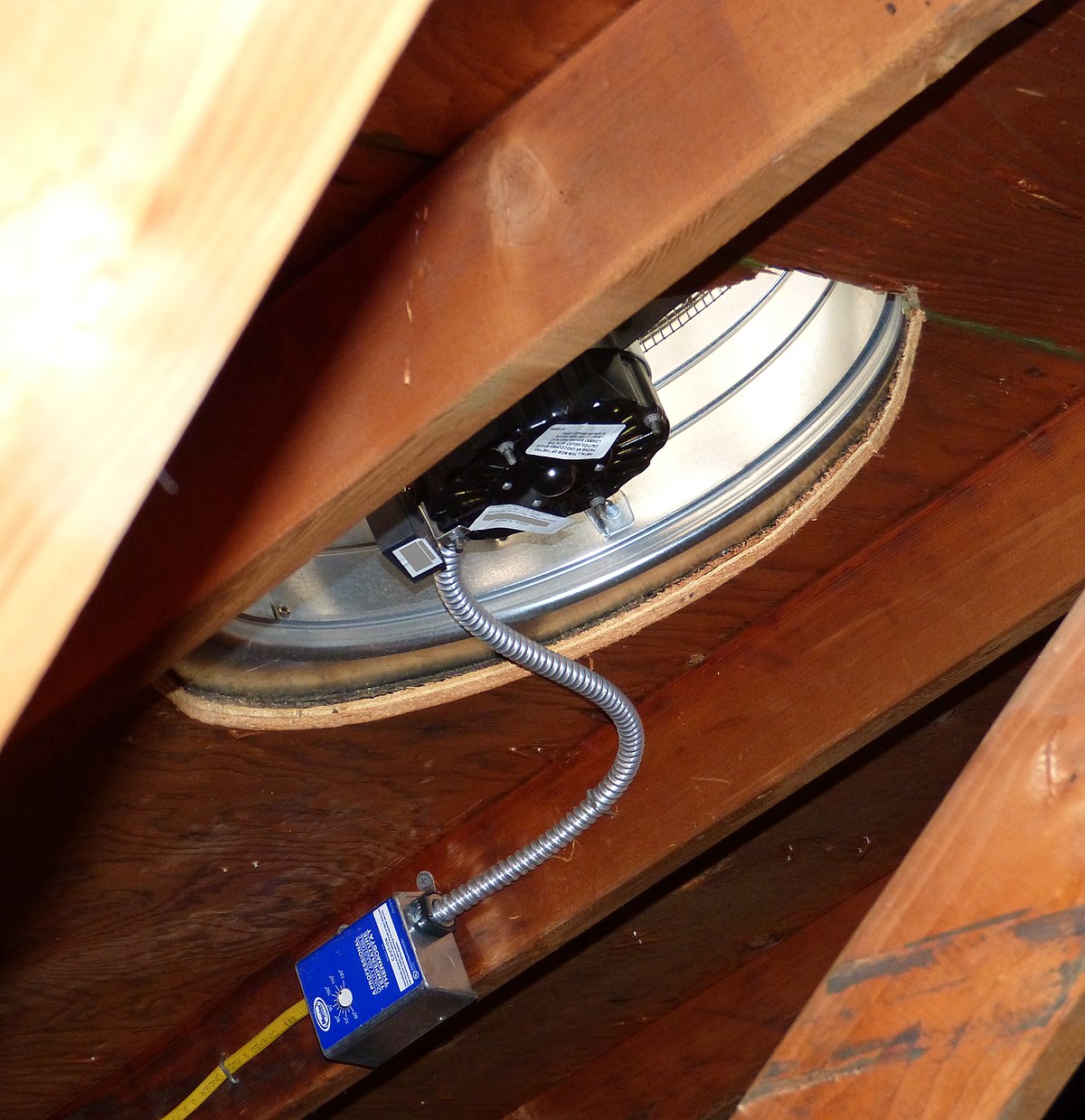
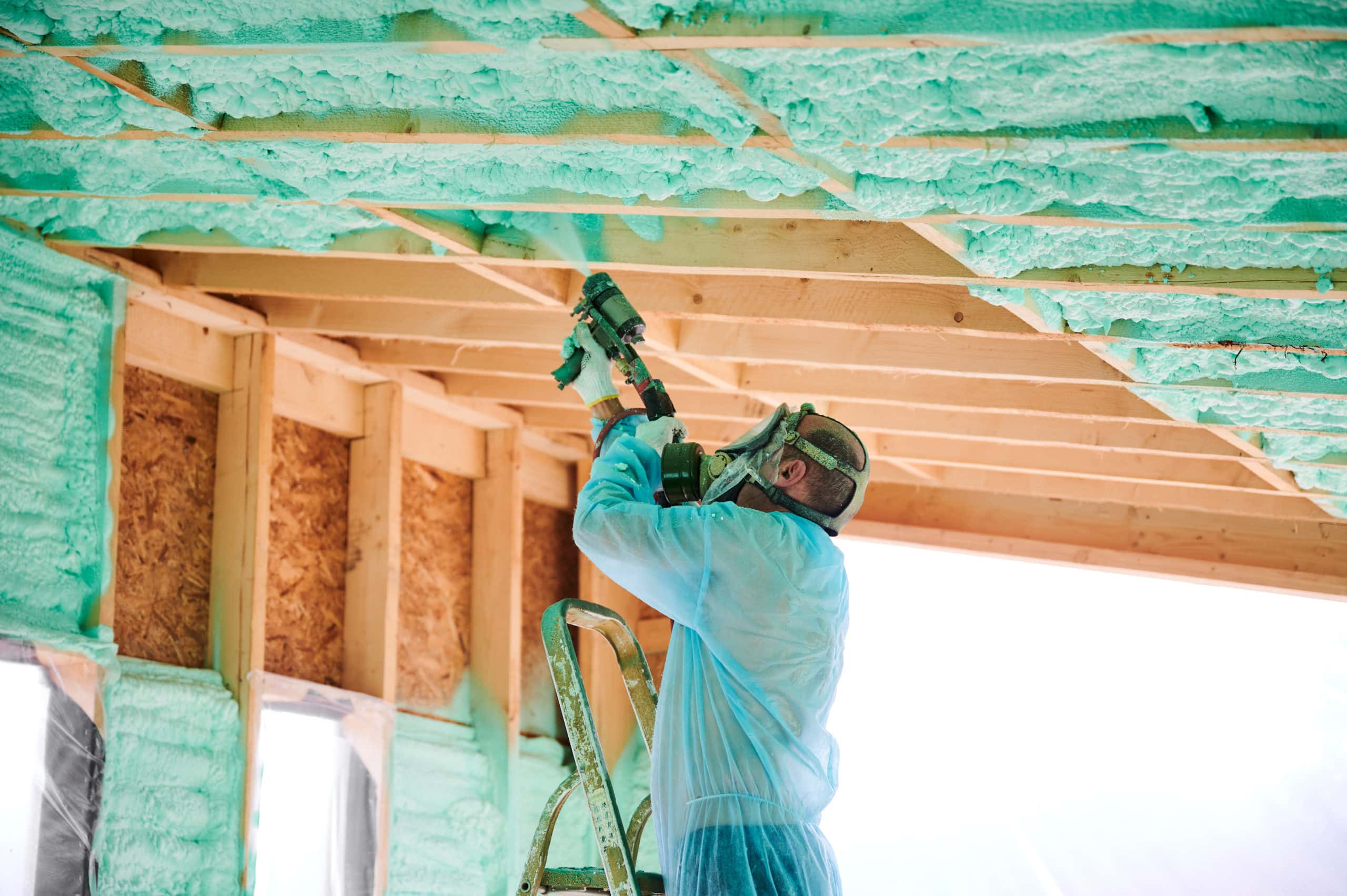

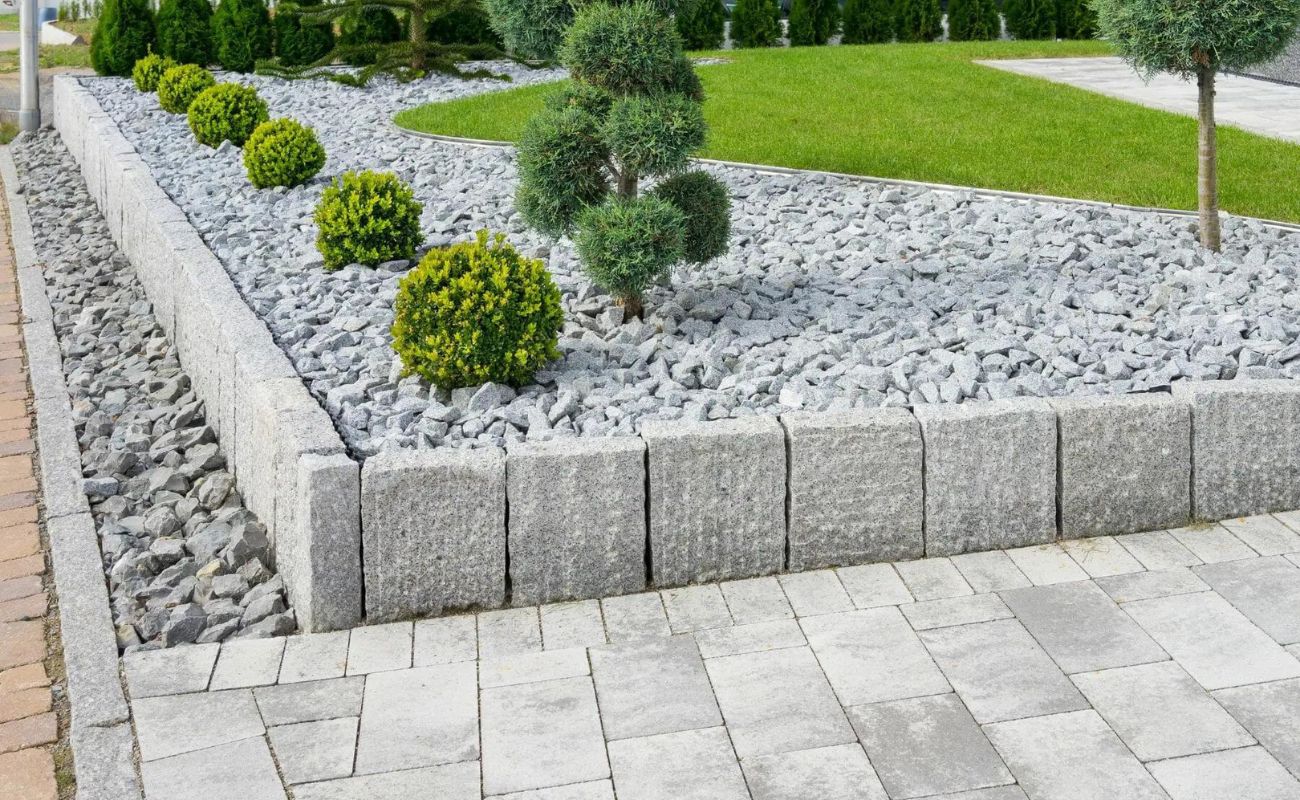

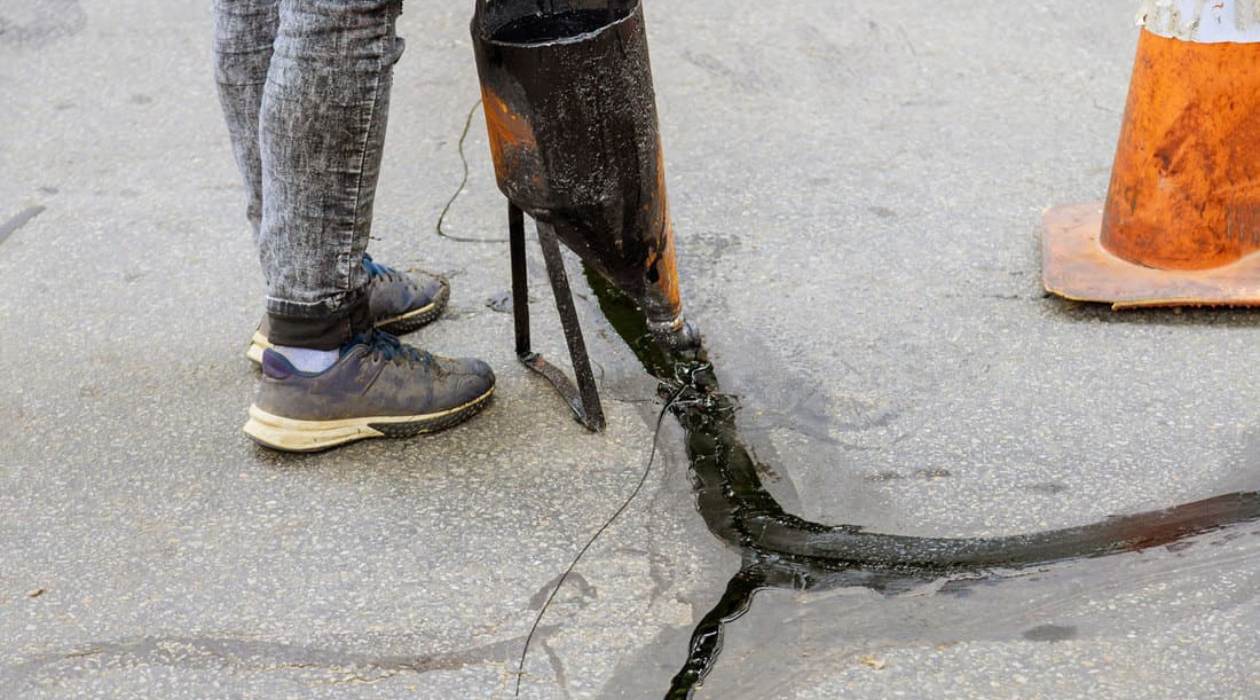

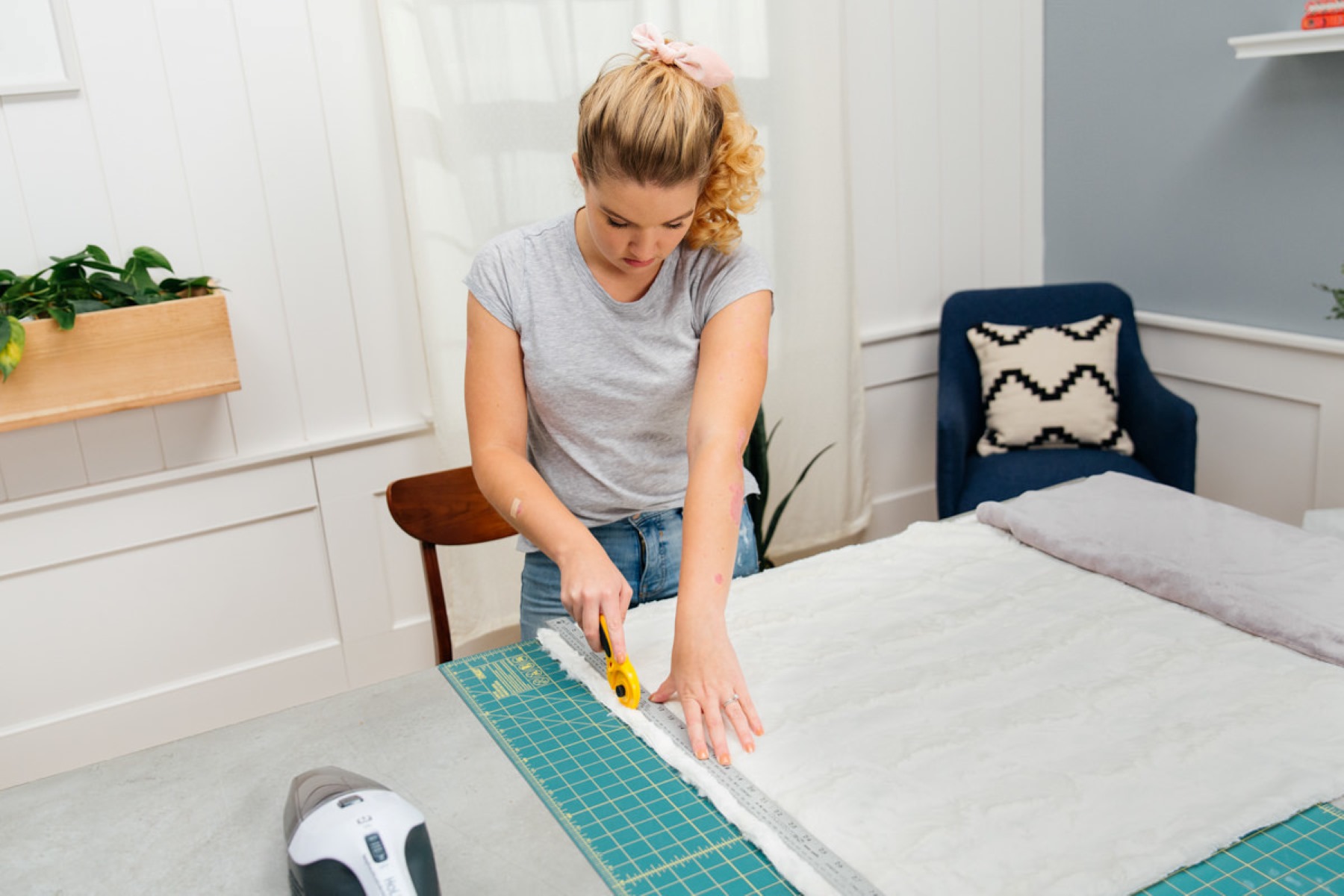
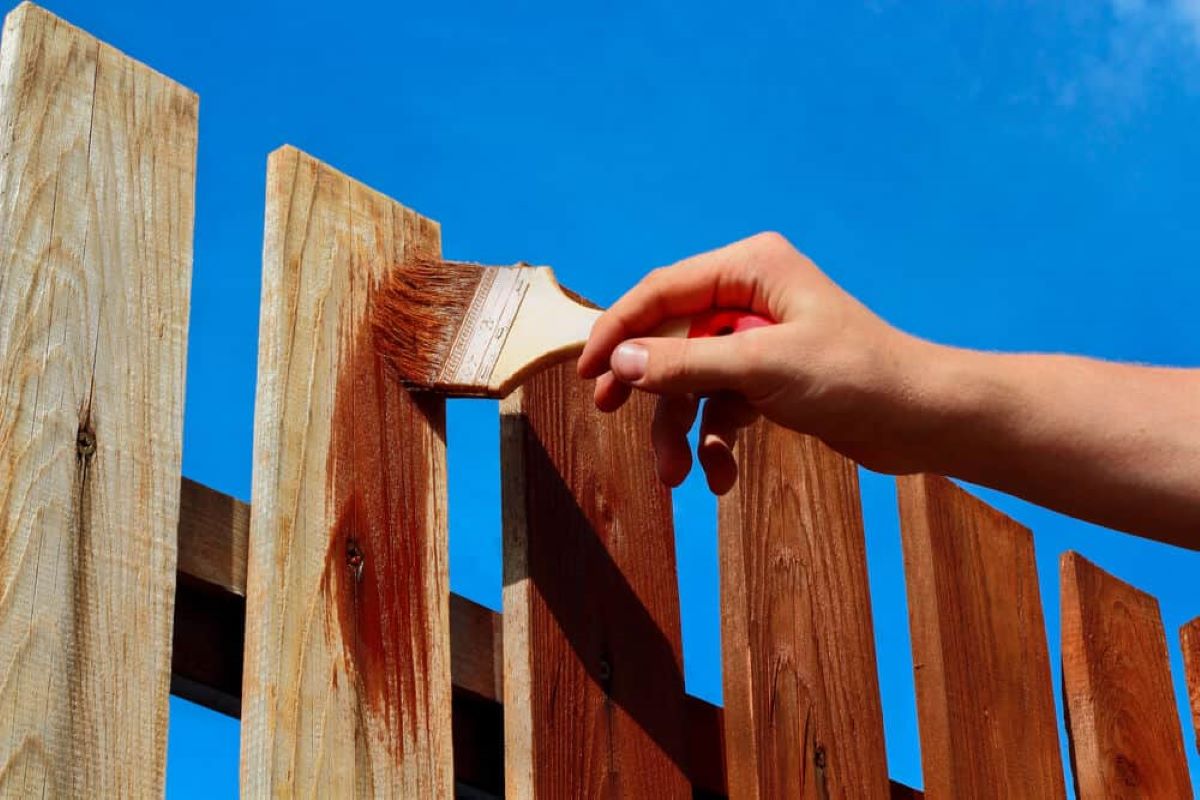
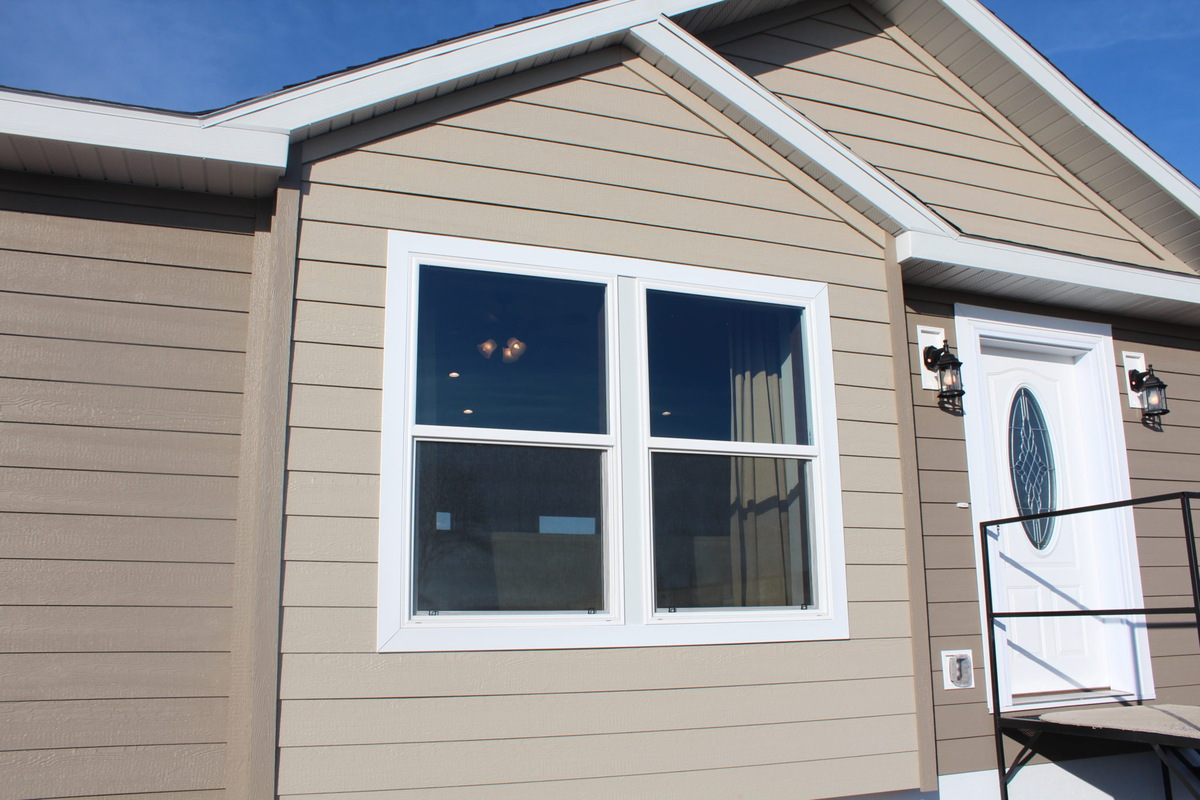

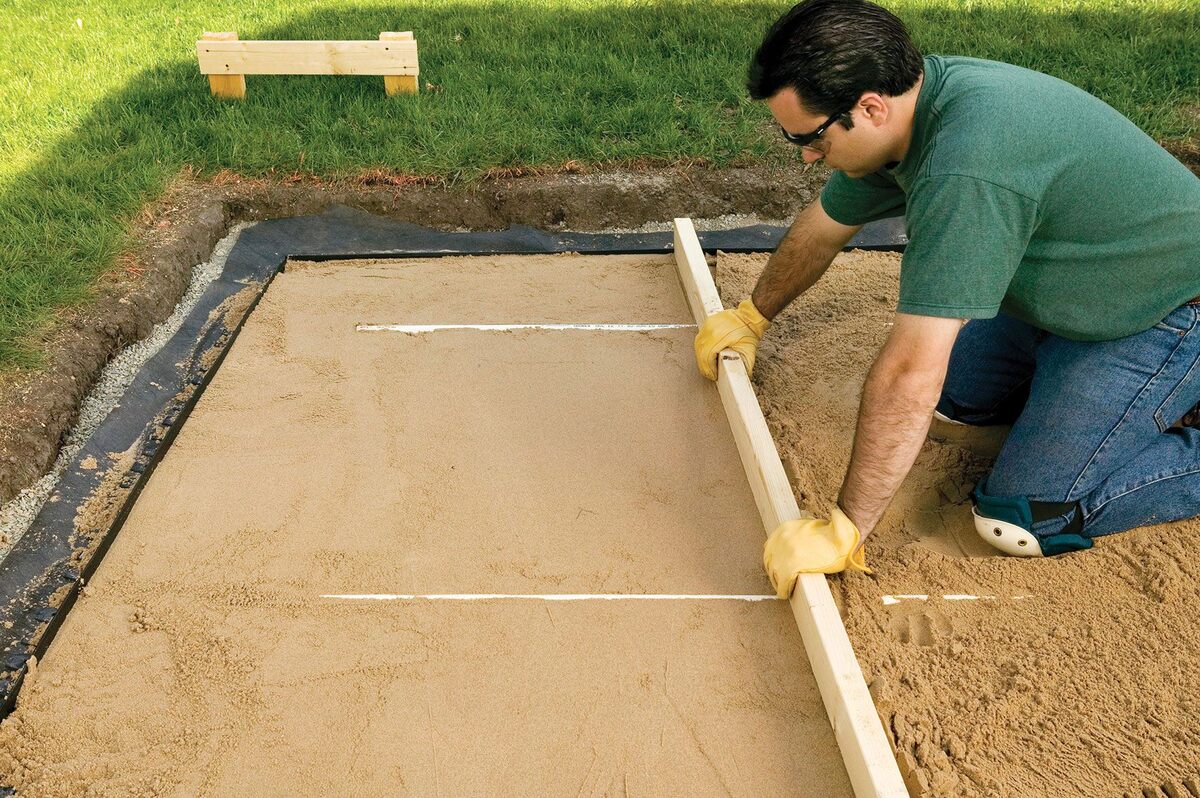


0 thoughts on “How Much Insulation Do I Need In My Attic In Texas”